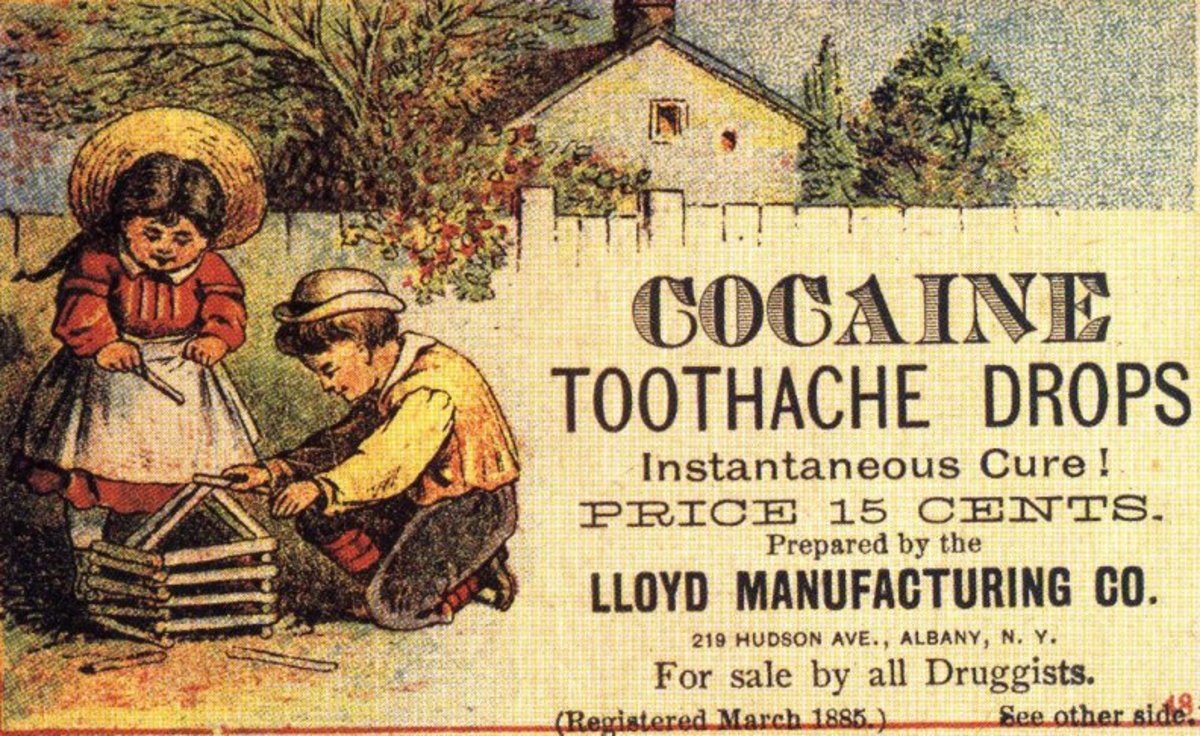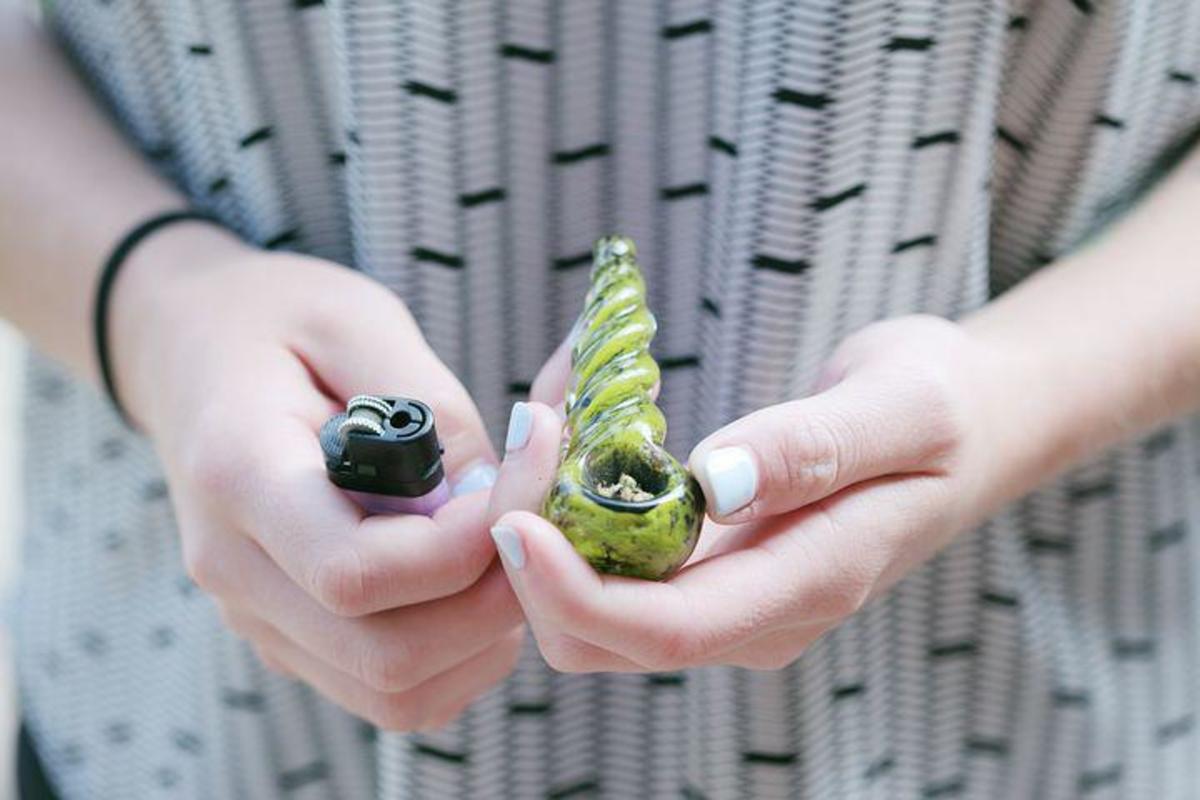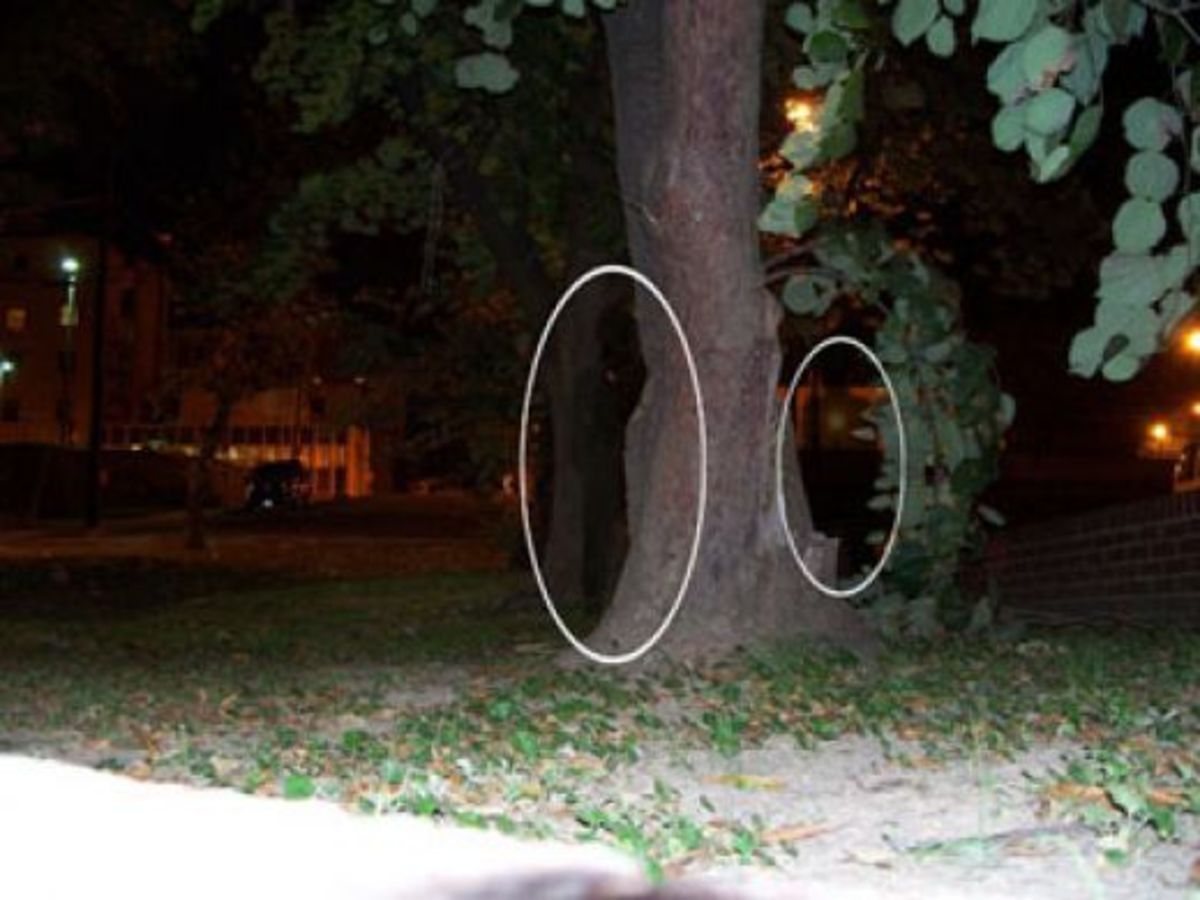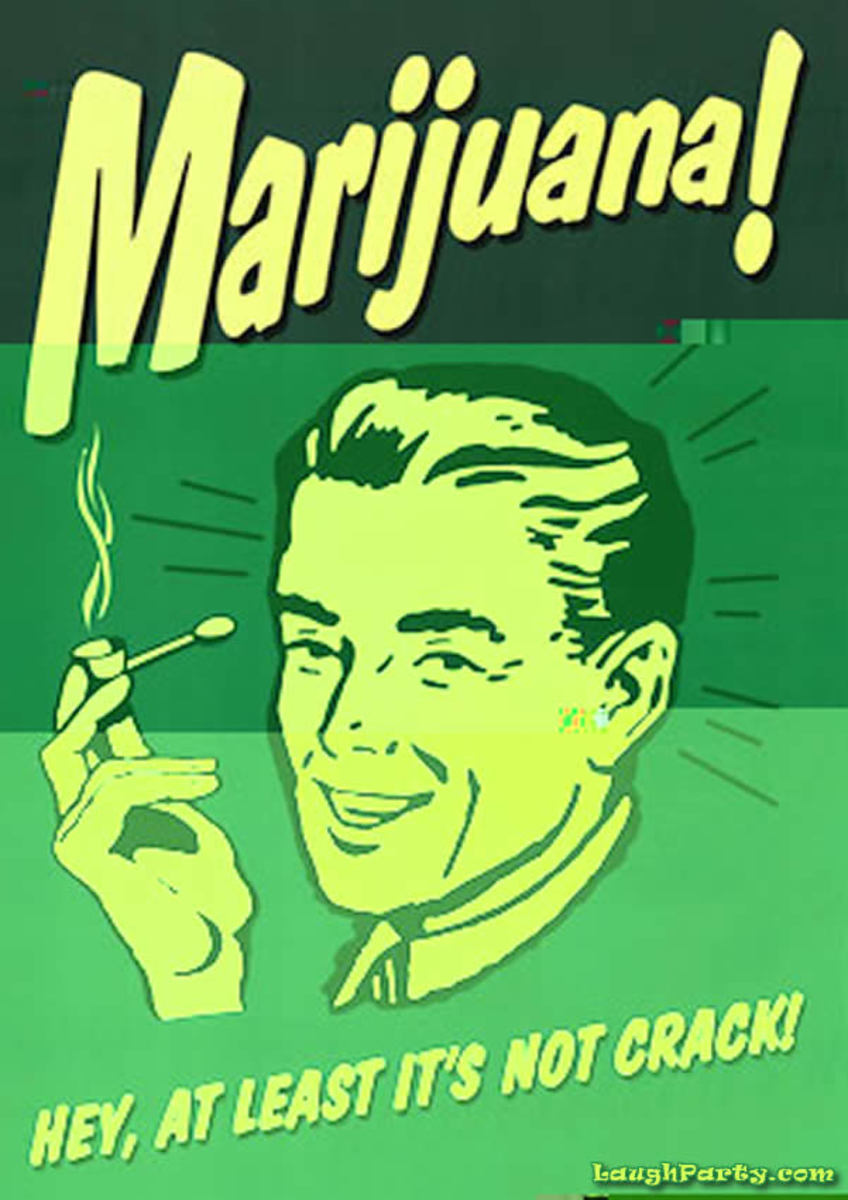Cocaine- What Does It Do?
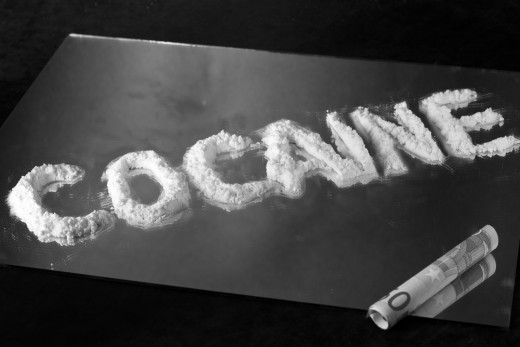
A Brief History of Cocaine
Coca is one of the oldest, most potent and most dangerous stimulants of natural origin. Some say that historically, as far as 5000 year ago, Ancient Incas chewed on coca leaves to get their hearts racing and to help their breathing in the high mountains. This theory is a prominent one- but regardless of 'the truth' about the origins, cocaine as we know it to day stemmed from coca leaves and their effects have been known for thousands of years in some form or other.
The coca leaf was also used with religious ceremonies in Peru. However, when the Spanish invaded Peru they forced the Natives to chew the cocoa leaves because it made the workers more energetic and easier to control.
It wasn't until 1858 that the cocoa leaf was extracted and 'cocaine' was born. The first known person to do this was a German chemist named Albert Neimann. Shortly after, the medical community grasped the concept of cocaine and started using it for different purposes.
It's a well known fact that Austrian psychoanalyst Sigmund Freud, who used the drug himself, was the first to broadly promote cocaine as a tonic to cure depression and sexual impotence. We now know that although cocaine may be a stimulant, it certainly doesn't promote sexual proclivity. Freud widely promoted cocaine as a magical drug, and he also recommended it for recreational use. While Freud believed that there was no dosage of cocaine that would harm someone, and no bad side effects of the drug, he had friends who had really horrifying hallucinations and he had a patient die from taking too much.
In 1886, the popularity of the drug got a further boost when John Pemberton included coca leaves as an ingredient in his new soft drink, Coca-Cola. The euphoric and energizing effects on the consumer helped to skyrocket the popularity of Coca-Cola by the turn of the century.
So, if you ever heard that Coke used to have real Cocaine in it- the story is definitely true.
From the 1850s to the early 1900s, cocaine and opium-laced elixirs (magical or medicinal potions), tonics and wines were broadly used by people of all social classes. Notable figures who promoted the “miraculous” effects of cocaine tonics and elixirs included inventor Thomas Edison and actress Sarah Bernhardt. The drug became popular in the silent film industry and the pro-cocaine messages coming out of Hollywood at that time influenced millions.
Cocaine use in society increased and the dangers of the drug gradually became more evident. Public pressure forced the Coca-Cola company to remove the cocaine from the soft drink in 1903.
By 1905, it had become popular to snort cocaine and within five years, hospitals and medical literature had started reporting cases of nasal damage resulting from the use of this drug. When in 1912, there were 5000 deaths due to cocaine overdoses in the United States, the drug became banned about 10 years later.
Cocaine really hit the social scene in the 1960s and especially the 1970s. Hollywood actors glamorized snorting the white powder and it was toted as allowing someone to 'stay up' and keep alert.
In the 1970s, cocaine emerged as the fashionable new drug for entertainers and business people. At some American universities, the percentage of students who experimented with cocaine increased tenfold between 1970 and 1980. This is the time that the Colombian drug traffickers began setting up an elaborate network for smuggling cocaine into the US. Cocaine seemed to be the perfect companion for a trip into the fast lane. It “provided energy” and helped people stay “up.” In the 1970s, cocaine became very popular in the main stream world as well, and there was a definite flow of the drug from Columbia. At first it was known as the 'rich man's drug' but it started to get weakened and in the 80s it was sold to many in the poor community- and cheaper methods of cocaine were available to buy like crack.
Although in the 80s the Government cracked down on the drug cartels in the 90s, there is still several smaller groups that smuggle the drug in different forms into the United States, and now it's the second most illegal drug traffcked in the US.
The Coca Leaf
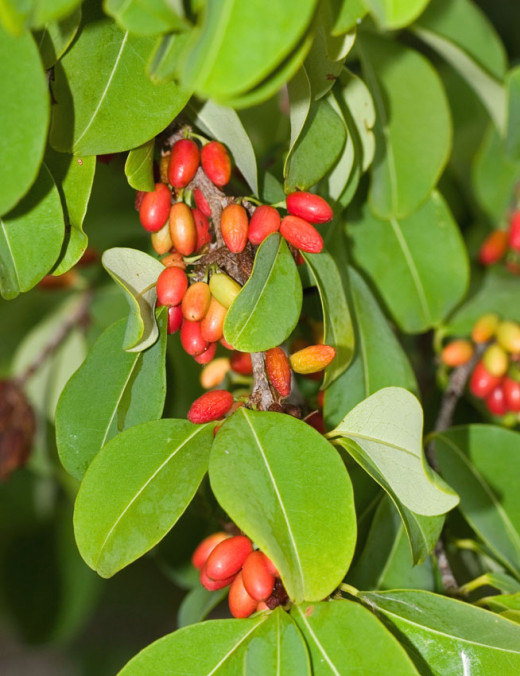
From the Coca Leaf to Cocaine- The Process
*** Taken from The Article: 'Coca Cultivation and Cocaine Processing: An Overview'
'Step 1
The coca leaves are put into an above ground container or in a plastic lined pit. An alkaline material (sodium carbonate) and water are added to the leaves. Here the alkaline material enables the cocaine alkaloid present in the leaf to be extracted into the kerosene.
Step 2
A water immiscible solvent (kerosene) is added to water, solution and leaves. The mixture is then agitated. Usually this is accomplished by having several people stomp on the leaves. The solvent acts to extract water insoluble cocaine alkaloids from the alkaline solution.
Step 3
Cocaine alkaloids and kerosene separate from the water and leaves. The water and leaves are then drained off.
Step 4
Cocaine alkaloids are extracted from the kerosene into a dilute acid solution (H2SO4). Alkaline material (sodium carbonate) is added to the remaining solution which causes a precipitate to form. The acid and the water are drained off and the precipitate is filtered and dried to produce coca paste, a chunky off-white to light brown, putty-like substance. As a guide to relative quantities of coca leaf and the resultant amount of coca paste, 250 pounds of dried coca leaf should provide approx. 2.2 pounds of coca paste. This is assuming the leaf is "worked" for a couple of days. The paste will contain approx. 30 percent cocaine alkaloid and 10 percent ecgonine depending on the variety and quality of the coca leaf.
The Paste
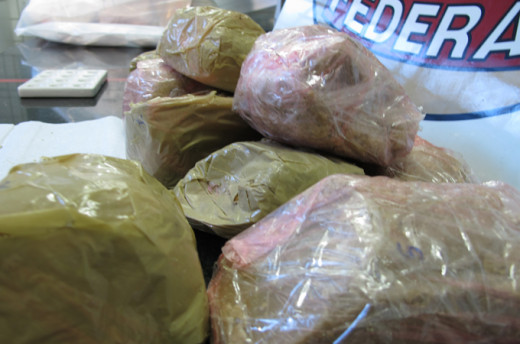
From Paste to?
*** Taken from The Article: 'Coca Cultivation and Cocaine Processing: An Overview'
Step 1
The coca paste is added to sulfuric acid or hydrochloric acid and water. The paste is dissolved into the acid solution.
Step 2
Potassium permanganate is combined with water. This mixture is added to the coca paste and acid solution. Potassium permanganate is used in this step to extract other alkaloids and material that are undesired in the final product. In particular, potassium permanganate is used to break down the alkaloid ciscinnamoylcocaine which is found in large concentrations in E. Novogranatense varieties. If the coca paste has a high concentration of this alkaloid and potassium permanganate is not used then crystallisation of cocaine HCl will be very difficult to achieve.
Step 3
This mixture is allowed to stand for about six hours.
Step 4
The solution is filtered and the precipitate is discarded. Ammonia water (ammonium hydroxide) is added to the filtered solution and another precipitate is formed.
Step 5
The liquid is drained from the solution and the remaining precipitate is usually dried with heating lamps. The resulting powder is cocaine base with a roughly one to one conversion ratio from paste to base. ie. 2.2 pounds of paste results in roughly the same weight in base. It is common in Colombia to skip the base stage of cocaine processing by going from coca paste right to cocaine HCl. This can be accomplished by eliminating the last part of step four in coca paste processing and skipping to step two of the cocaine base phase where the coca paste is added to the potassium permanganate solution.
From Base to Cocaine Hydrochlolride
Step 1 *** Taken from The Article: 'Coca Cultivation and Cocaine Processing: An Overview'
Acetone or ether is added to dissolve the cocaine base and the solution is filtered to remove undesirable material.
Step 2
Hydrochloric acid diluted in acetone or ether is added to the cocaine solution. The addition of the hydrochloric acid causes the cocaine to precipitate (crystallise) out of the solution as cocaine hydrochloride. The HCl is then filtered out for drying.
Step 3
The remaining acetone/ether solvent can be discarded or reused.
Step 4
Cocaine HCl is dried under heat lamps, laid out to dry with the aid of fans, or dried in microwave ovens. The yield from 1 kg of base will vary widely, depending on quality of coca base and efficiency of processing, but should be approx. 1 pound.
Colombian Documentary on How Cocaine Is Made
How It Is Used, What Does It Do, What are the Harmful Effects?
Using cocaine results in nearly instantaneous effects. Rapid absorption through nasal tissues from snorting it, smoking it or injecting it will make the drug very fast-acting. Whatever the method of taking it in, cocaine quickly enters the bloodstream and travels to the brain.
Once it enters the brain, cocaine interferes with the chemical messengers including neurotransmitters that nerves use to communicate with each other. Cocaine blocks norepinephrine, serotonin, dopamine, and other neurotransmitters from being reabsorbed. The resulting chemical buildup between nerves causes euphoria or feeling "high."
As someone who's never tried cocaine (I don't think that I have ever even seen it in person) I wonder what's so great about being high on coke? Cocaine users often describe the euphoric feeling as:
- an increasing sense of energy and alertness (this is not attractive in my opinion)
- an extremely elevated mood
- a feeling of supremacy (a friend once told me she was invincible on cocaine)
On the other hand, it's really not so great for everyone who does it. Some people experience the following:
- irritability
- paranoia
- restlessness and anxiety
There are many signs that someone is using cocaine:
- dilated pupils
- high levels of energy and activity
- frequent nose bleeds, runny noses, pulling at the hose
- excited, exuberant speech
The problem with cocaine is, the high doesn't last very long, and tolerance builds up fast. This leads to wanting to chase the high, and doing more and more of the drug in whichever form. The 'rich man's power' or the 'poor man's crack.' Addiction is very common.
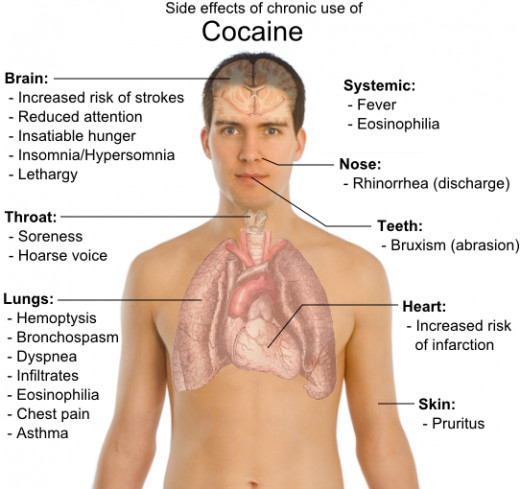
Harmful Effects of Cocaine on the Body
Cocaine use effects the entire body.
Aside from wreaking havoc on the entire body, cocaine is responsible for more U.S. emergency room visits than any other illegal drug. It also causes thousands of overdoses and deaths every year.
- Heart. Cocaine is bad for the heart. It causes high blood pressure and restricts the blood vessels and can cause heart attacks and strokes in the healthiest people.
- Brain. Cocaine can constrict blood vessels in the brain causing strokes and seizures.
- Lungs Smoking crack can hurt your lungs and cause irrevocable lung damage
- Gastrointestinal tract. Cocaine constricts blood vessels supplying the gut and cause ulcers.
- Kidneys: Kidneys can shut down due to cocaine
- Sexual function. As mentioned before, although cocaine has a reputation as an aphrodisiac, it actually may make you less able to finish what you start. Chronic cocaine use can impair sexual function in men and women. In men, cocaine can cause delayed or impaired ejaculation.

Some Hollywood Movies/Songs About Cocaine/Addiction
Blow- Johnny Depp, Penelope Cruz- The Story of George Jung, renown cocaine smuggler and associates with Pablo Escobar.
Traffic- Michael Douglas, Don Cheadle- The story about a politician and The War On Drugs, who's daughter is hooked on cocaine
Less Than Zero- The story of a college aged kid and his cocaine addiction (Starring Robert Downey Junior)
Cocaine Cowboys 1 and 2- The portrayal of glamorized cocaine use in Hollywood
Clean and Sober- Michael Keating goes to rehab to avoid jail and realizes he needs to detox from cocaine
The Wolf of Wall Street- glamorizes cocaine on Wall Street in the 80s.
Songs About Cocaine:
My Michelle- Guns n Roses
That Smell- Lynyrd Skynyrd
Life in the Fast Lane- The Eagles
Truckin- Grateful Dead
Sticky Fingers Album- Rolling Stones
Cocaine Blues- Bob Dylan
Cocaine Blues- Johnny Cash
Cocaine- JJ Kale
Sources
WebMD
Wikipedia
http://listverse.com/2008/07/03/top-10-cocaine-songs-of-all-time/
IMBd
Article: Coca Cultivation and Cocaine Processing: An Overview



